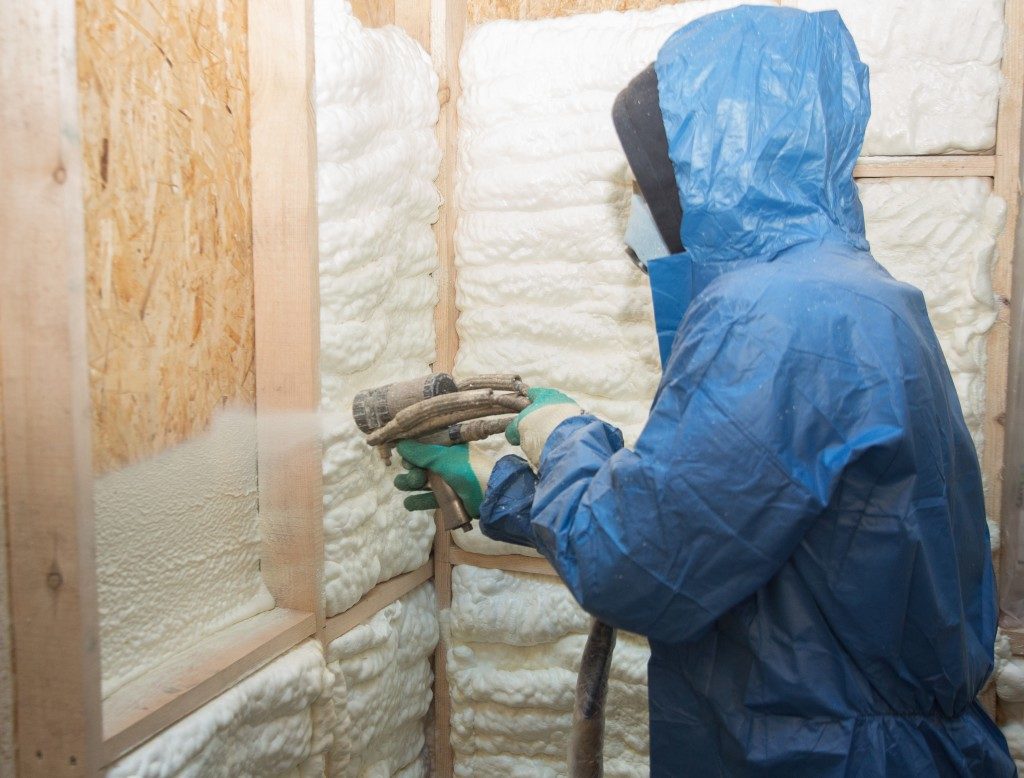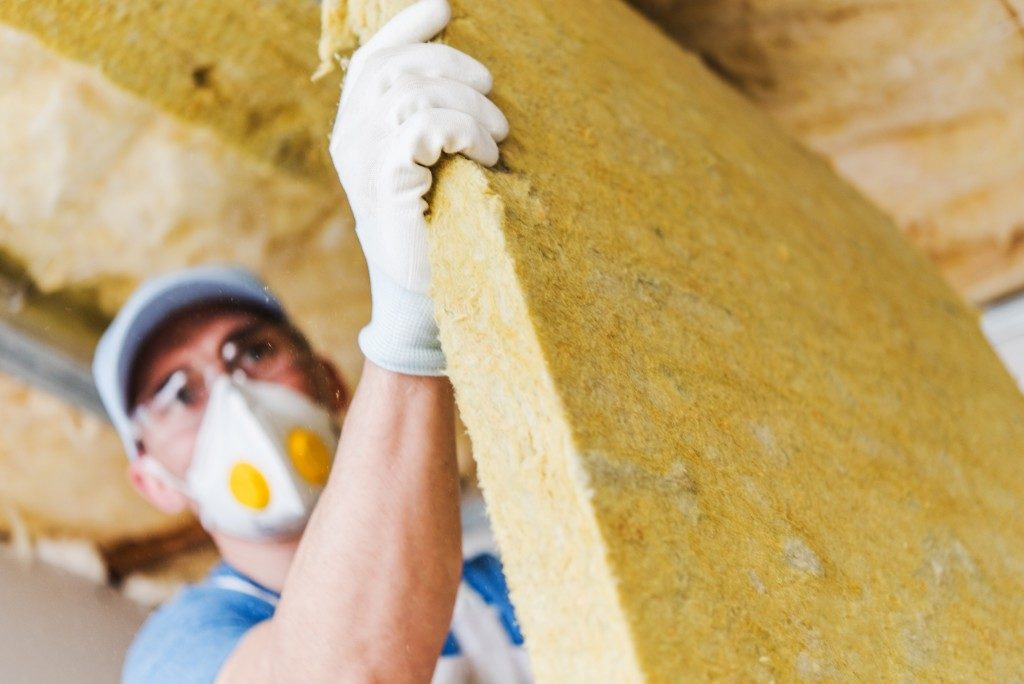In insulation, R-value or resistance value is a value used to measure how the particular insulation resists heat flow. The higher the R-value, the more effectively the material will prevent heat transfer. The R-value closely relates to the metric unit of RSI. Windows, for example, have a specific R-value associated with the way they keep heat in. R-value is also connected to the thermal conductivity of a material.
When it comes to attic insulation in Houston, effectiveness will rely on the understanding that various insulating materials have differing R-values per unit length. The thicker the material, the more resistance it offers to heat transfer per inch. As a rule, you want your home to have high R-value insulation materials for it to keep warm during cold months. Commonly used insulation materials in the home and how they affect the resistance to heat for each type of insulation include:
Fiberglass insulation
 This type of insulation comes in blow-in and batt types. Batt types will come in two widths, each of which is effective, with stable R-values. The only problem will be fitting the insulation material into small spaces. Cracks and gaps in batts will lower the R-values. Punctures and tears, together with crushing layers of fiberglass, will also affect efficiency. Fiberglass can be a resource if it is installed correctly. It can raise the R-values of walls without bulking them. Note that the R-value of fiberglass material will be affected by consistency and thickness.
This type of insulation comes in blow-in and batt types. Batt types will come in two widths, each of which is effective, with stable R-values. The only problem will be fitting the insulation material into small spaces. Cracks and gaps in batts will lower the R-values. Punctures and tears, together with crushing layers of fiberglass, will also affect efficiency. Fiberglass can be a resource if it is installed correctly. It can raise the R-values of walls without bulking them. Note that the R-value of fiberglass material will be affected by consistency and thickness.
Polyicynene foam
This can expand by 100 times if installed on ceilings and walls. It has features that are similar to blow-in fiberglass. For instance, the foam can seal off the ceilings, floors, walls, and other spaces in the house to prevent air from escaping the home. The R-value of the installation will be similar to that of blow-in fiberglass. Note that uneven installation of the foam will affect the resistance to heat flow.
Cellulose insulation
This is manufactured from fibers and recycled paper. The material is environmentally friendly, but it comes with some disadvantages, especially when weighed against polyicynene foam and fiberglass. Over time, cellulose will settle, effectively and permanently lowering the R-value. Secondly, the size of the cellulose will affect the R-value more than the density. Since cellulose is made of fiber and paper, if it gets damp, the R-value will lower significantly. Cellulose insulation is not ideal for use in sealing attics and other spaces in the home where water intrusion is a possibility.
Polystyrene insulation
Typically, polystyrene has an R-value of five for every inch of thickness. This R-value will be influenced by factors such as the handling of the material, its use, and the installation. Tears, damage, and nicks on polystyrene will compromise the efficiency of the material.
It is not enough to understand how R-value works in insulation; one must also understand heat flow. Generally, heat moves by radiation, conduction, and convection. In conduction, heat moves through materials; convection is for gasses and liquids, while radiant heat travels in a straight line and heats up any solid on its path as long as it absorbs energy. Insulation materials slow down conductive heat flow.

